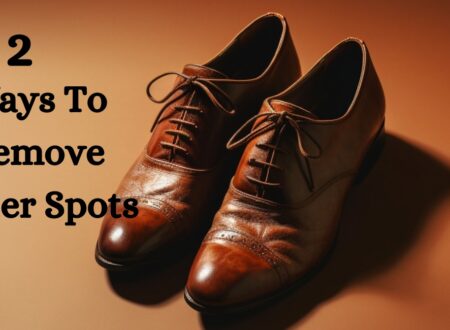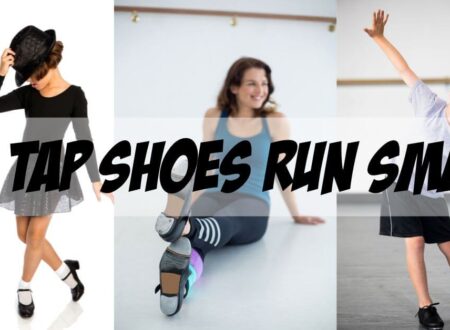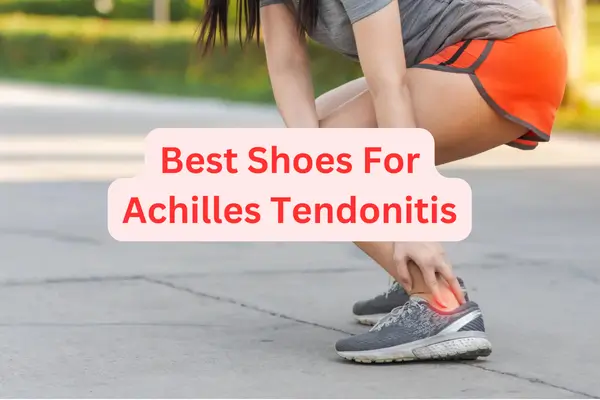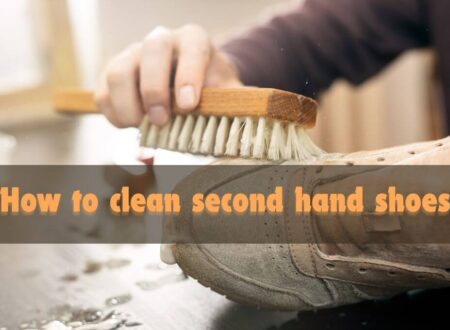One of the most important parts of our body is ‘Our Feet’. We often take this part for granted, shove them into shoes, and expect them to perform their duty flawlessly. But, we must remember that this delicate structure performs heavy duties. Understanding the parts of the foot will help you to know – the engineering behind your walking, running and jumping more precisely. So, here in this article, we will try to explain the different parts of the foot, their functions,and common foot problems with their solutions.
Parts of foot :
Foot health is now a big concern in our day-to-day life. Knowing the parts of this complex structure, you will be able to do the following:
- Address the specific area when you are in pain
- Will be able to bring the perfect pair of shoes
- Do different exercises to have better flexibility and balance
- Give better performance in your professions: dancing, running, swimming
- Combat different health issues: Arthritis, diabetic foot, nerve problems, and so on.
For your better understanding, we will divide the foot into two parts. That is :
1. The upper part of the foot :
These parts help in maintaining stability and movement. In medical terminology, it is called the dorsal aspect of the foot.
We can further divide them into forefoot, midfoot, and hindfoot. Here, underneath the skin and muscle, there are bones, vessels, and nerves. We will know one by one.
Bones
Now, when you are not standing – have you noticed the natural curve on your feet? Yes, that’s called the arch. Like puzzle pieces, this arch consists of five irregularly shaped small bones which are parts of the midfoot. They are combined and known as tarsal bones.

Tarsal bones include:
- Navicular
- Cuboid
- and three cuneiform (medial, intermediate, and lateral)
This navicular bone combines with 3-cuneiform in the midfoot and also Talus to form hind feet. Function : Although they are tiny, they distribute your body weight and help you stand/walk.
In Front of the small pieces, there are some long bones called metatarsals. Function : It acts as a shock absorber.
They connect the midfoot with the forefoot (toes and phallages). They are all together 14 in number. Function: This toe helps you to grab the ground.
2. The bottom parts of the foot :
The bottom part of your foot consists of complex structures. Another name for this part is the plantar aspect. The backmost part of it is called the Heel. It is made of calcaneus bone which acts as a shock absorber. It is the part of the hind feet.
After That, underneath the arch, there is a thick band called plantar fascia. It also absorbs socks, distributes weight, and helps maintain stability.
Below the toes and phalanges, you will notice ball-like structures. They also carry weight and balance. Also, there is a special type of oval-shaped bones called sesamoid bones. Function : They reduce the stress of tendons.
Additionally, the plantar aspect contains sweat glands that regulate the temperature of the foot.
Well, do you know your sole contains a few hair follicles? They protect our soles from tearing while walking and running.
In short, the mechanism of walk and run is :
Heels strike the ground to make you walk/run.
⬇️
Arch carries the weight.
⬇️
Toes grab the ground and propel you forward
For jumping :
It requires contraction of the calf muscle.
⬇️
Which pulls the tendon of Achilles upward to create power
⬇️
Arch and plate come together to generate a spring force.
⬇️
And toes play a role in balancing when landing on the ground.
Muscles, Vessels, and Nerves Supply of the Foot
When a mosquito bites on your foot, it has a delicate nerve supply that allows you to carry impulses. Also, it carries blood vessels for efficient blood supply. We will know them all together below :
| Category | Function | Examples | Blood Vessels | Nerve Supply |
|---|---|---|---|---|
| Extrinsic Muscles (Originate in Lower Leg) | Control ankle and toe movement | Dorsiflexion: Tibialis anterior Plantarflexion: Gastrocnemius, Soleus Eversion: Peroneus longus, brevis Inversion: Tibialis posterior | Dorsalis pedis artery (supplies the top of the foot) Plantar arch (supplies sole of foot) | Deep peroneal nerve (dorsiflexion, eversion) Tibial nerve (plantarflexion, inversion) |
| Intrinsic Muscles (Located within Foot) | Fine movements of toes and arches (stability and support) | Flexion/Extension of Big Toe: Flexor/Extensor hallucis longus & Brevis Flexion/Extension of Lesser Toes: Flexor/Extensor digitorum longus & Brevis Arch Support: Plantar fascia Toe Abduction/Adduction: Interossei Toe Flexion Assistance: Lumbricals | * Plantar arch arteries (branches) | Medial and lateral plantar nerves (plantar aspect) Deep peroneal nerve (dorsal aspect of some toes) |
Tendons of the foot:
Now, flex your foot, or you can point your toes at an object. Did you notice something pulling your feet upward? Yes, that is the extensor tendons. Now, let’s know some crucial tendons along with their important functions:
| Tendon Name | Function |
| Achilles tendon | Plantar flexion (pointing your toes) |
| Tibialis anterior | Dorsiflexion (lifting foot upward) and inversion (lifting foot inward) |
| Tibialis posterior | plantarflexion (lifting foot downward) and inversion, support the arch |
| Peroneus longus and brevis | Eversion ( lift the foot outward) |
| Extensor digitorum longus | straightens the toes |
| Extensor hallucis longus | straightens the only great toe |
| Flexor digitorum longus and brevis | Flexion (bending) of the toes |
Ligaments of foot
You can simply think of ligaments as cables and bones as pillars. The way cables connect pillars and ligaments similarly connect the bones. These unsung structures prevent excessive movements of your joints. Let’s take a look on different ligaments function below :
| Ligaments | Function |
| Plantar Fascia | act as a shock absorber |
| Plantar ligaments | stabilize joints between toes and metatarsal |
| Dorsal cuboid navicular ligaments | stabilize joint between navicular and cuboid bones |
| Calcaneonavicular ligaments | support the longitudinal arch of the foot |
| Deltoid ligaments | support the medial arch of the foot |
| Lisfranc ligaments | maintains the stability of midfoot |
Common foot problems :
Anyone who has ever dealt with heel pain or blisters knows well how frustrating a foot problem can be! Here we will discuss the common foot problems, their causes, and how you can avoid them.
Bunion :
Ever found a bony bump at the base of your great toe? That, my friend, is called Bunion. These bumpy betrayers of your feet are not only unsightly, it could be painful too. What happens here is your great toe leans inwards pushing the joint at the base outward. Malignation of the bone and soft tissue mainly created this havoc!
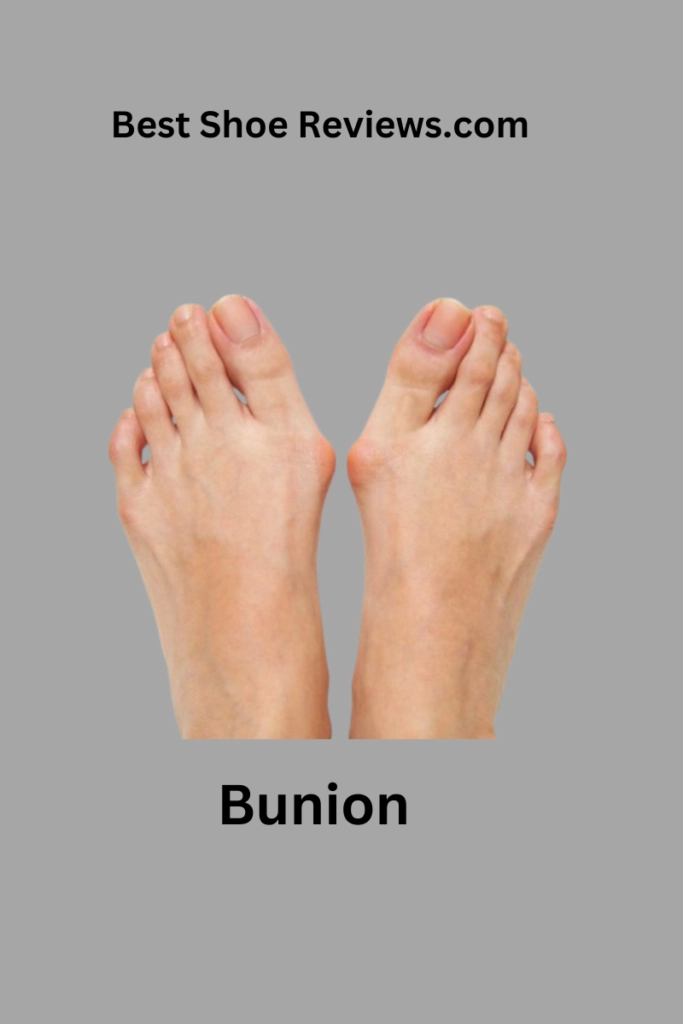
Causes :
- Hereditary
- Using improper shoe wear
- Foot mechanics: flat feet are more prone to develop this.
Treatment :
- Always buy shoes with wide-toe boxes.
- Use bunion pads to cushion the area.
- Realign your toes with taping techniques.
- To relieve pain, take pain medications such as acetaminophen or NSAIDs (Better consult with your physician before taking any medications).
- Orthotics
- Above all, the Definitive treatment is surgery.
Hammertoe :
Hammertoe develops when the joints of your toes bend abnormally. It curls in downward directions .The 2nd and 3rd toes are more commonly affected, but it can affect any toes.
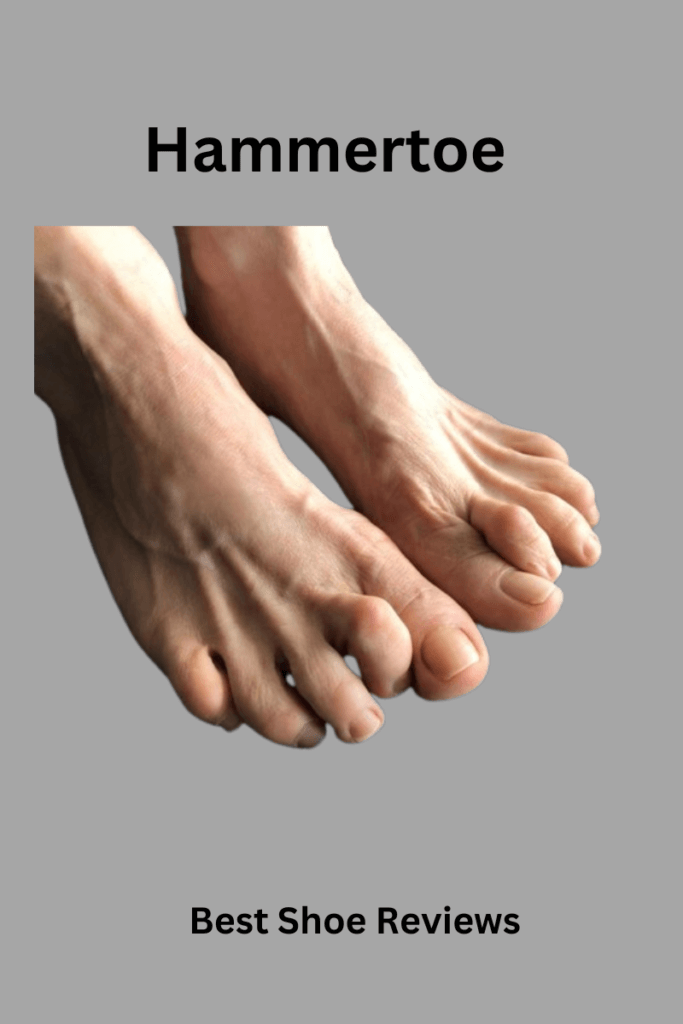
Causes :
- wearing ill-fitted shoes
- When your muscles become weak and unable to support the toes
- degenerative changes in the joints, e.g. Arthritis
- Hereditary
Treatment :
- using perfectly fitting shoes consisting of a wide-toe box
- padding, stretching, and exercise
- use splits for supportive measures
- OTC drugs like ibuprofen to ease discomfort
- Surgery in extreme cases
Heel Spurs :
It is a painful bony protrusion which originates from the bottom of your Heel. It occurs due to calcium deposition around the plantar fascia. This spur is not usually painful but the inflammation around the fascia causes pain.
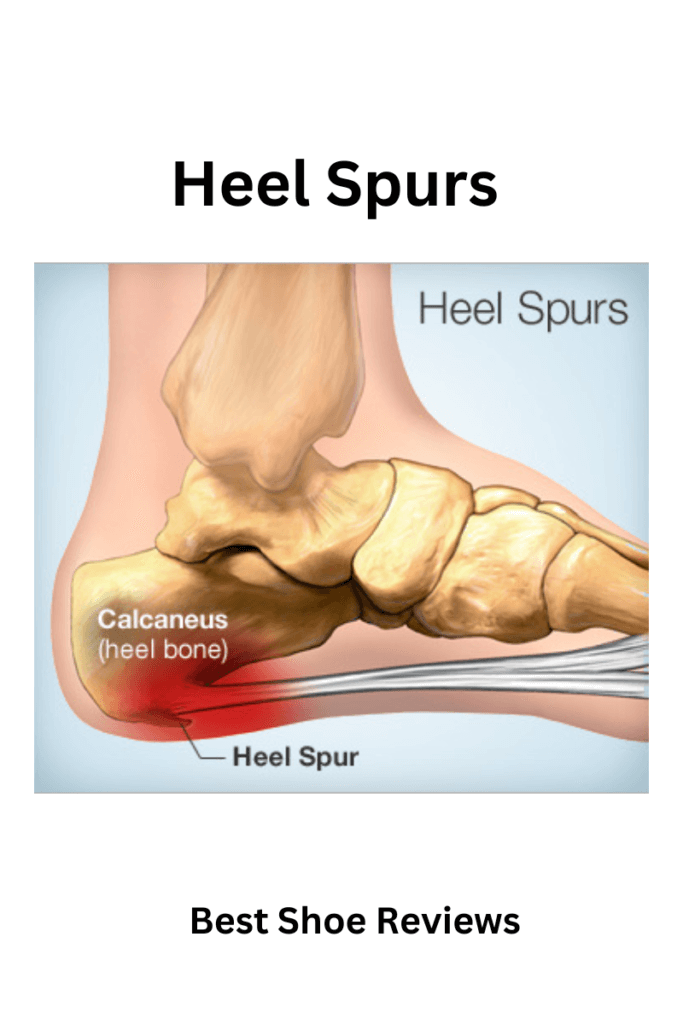
Causes:
- When you put repetitive strain on the plantar fascia
- Having tight calf muscle
- Being overweight puts more pressure on the feet
- Using improper footwear
Treatment :
- Take adequate rest
- Apply ice pack around 15-20 min
- Use perfect wear shoes
- Can take OTC medication like ibuprofen
Ingrown Toenails :
What will happen if the toenail decides to turn against you? Normally, we all have stubbed toes. But when this happens, it is called ingrown toenails. The frequent target is your great toe.
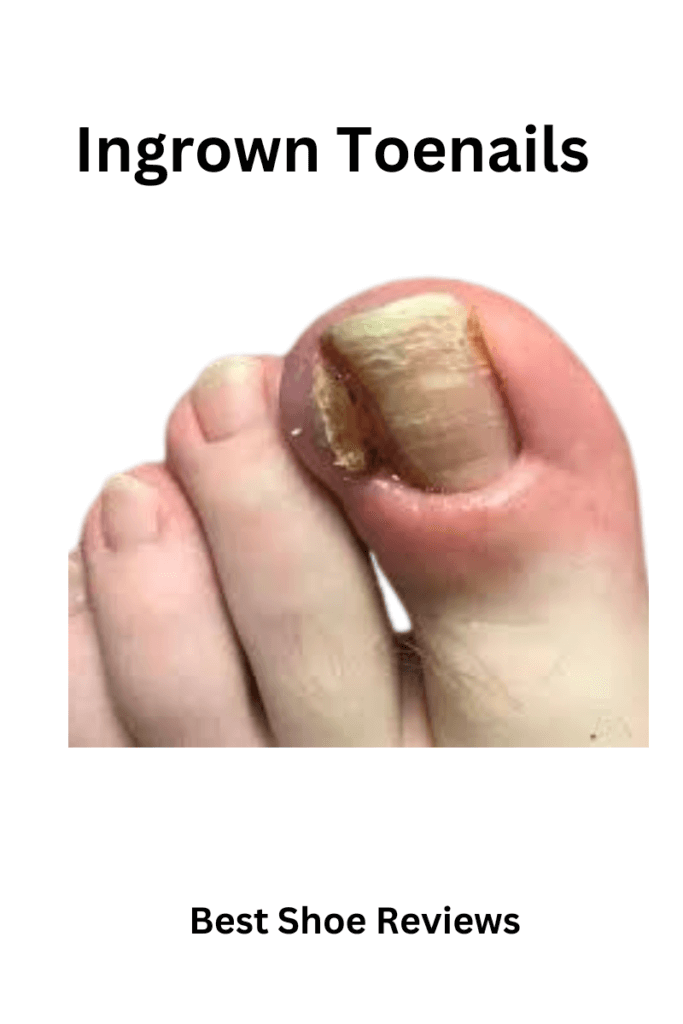
Causes :
- Improper cutting of toenails
- Using tightly fitting shoes
- trauma
- Having Naturally curved nails
Treatment :
- Soak your toenail in Epsom salt to reduce swelling.
- Trim the affected nail
- OTC drugs like ibuprofen can ease your discomfort.
Neuroma :
Neuroma is a pinched nerve in your foot. You may feel tingling numbness in your feet.
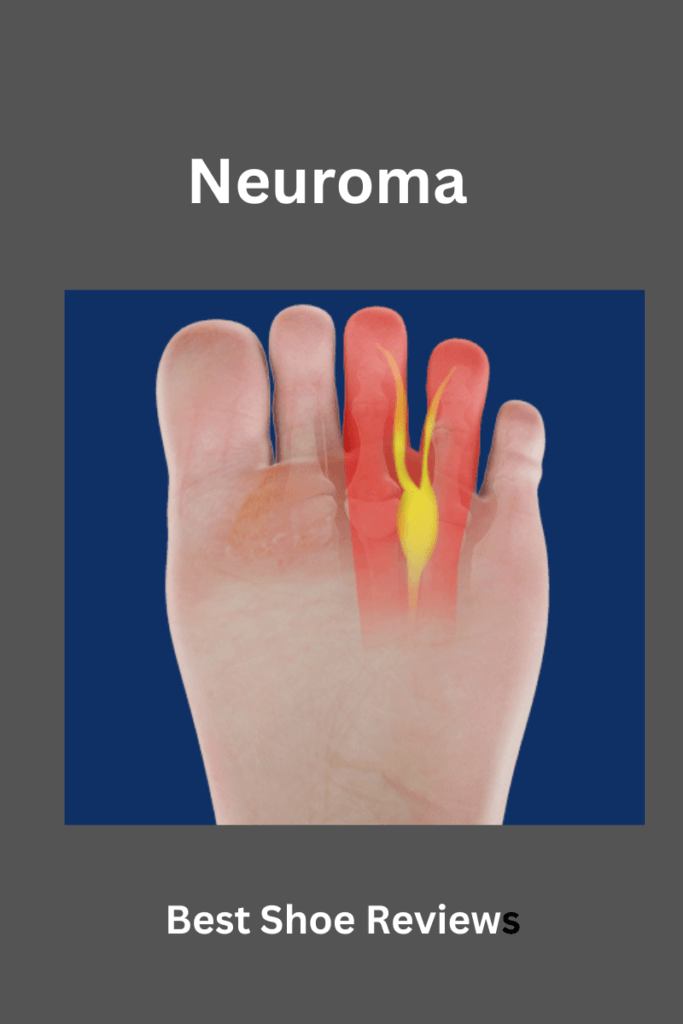
Causes :
- Repetitive stress
- If you have a bunion, hammertoes, or flat feet
- Trauma
Treatment:
- Conservative treatment includes supportive footwear, padding, rest and Activity modification, applying ice therapy, OTC drugs, etc.
- Physical therapy includes stretching and exercise.
- Additional measures: cortisone injection
- Surgery is the last resort of treatment.
Plantar Fasciitis :
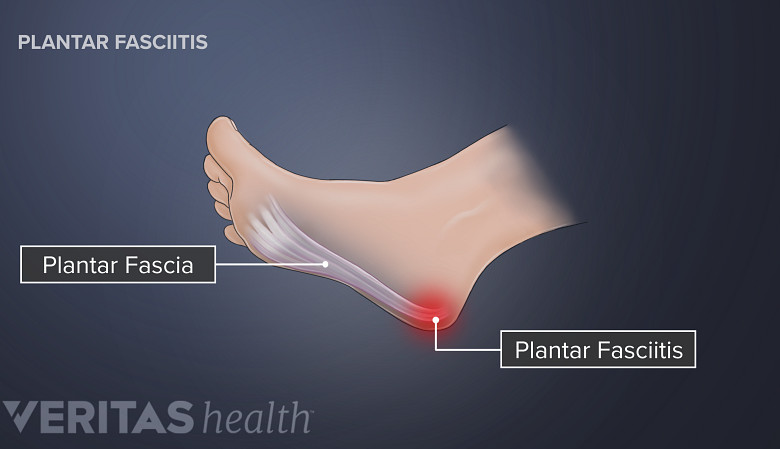
This is basically inflammation of the plantar fascia. Several factors may be responsible for this like :
- Overactivity like running, jumping or standing for long periods
- When the calf muscle is tight
- Using improper footwear
- Gaining excess weight
Treatment :
- Reduce Activity and take proper rest
- Ice therapy
- stretch your calf muscles and plantar fascia
- Night splints
- OTC : ibuprofen or acetaminophen
- Additional treatment: cortisone injection, orthotics
- Surgical option
Sesamoiditis :
It is basically inflammation of the tiny sesamoid bone. The causes and solutions are almost the same as those we discussed above.
Stress Fractures :
Have you ever tried so hard, like you push your limits, that the foot bones get repeated trauma?
This nagging pain is the result of a stress fracture, which happens due to cracking the bones.
Treatment :
- Rest and reduce Activity
- physical therapy
- and management of pain
Blisters
Suppose you are hiking on a mountain, dancing in a concert or running a marathon. Suddenly a guest join your party -that is called blister.
I-ll fitting shoes is also responsible for this.
Treatment :
- Just leave it as it is; this is the golden rule. It will heal spontaneously.
- Use a blister pad to cover it and prevent further irritation.
- Try to keep it dry.
Foot Fungus :
Fungus induced infection of the feet is known as foot fungus. Fungus is a microscopic organism that grows in warm, moist environments such as sweaty feet.

Causes
- Using tight-fitting footwear regularly produces moisture.
- Walking without shoes in damp spaces can be infectious.
- Wearing the same shoes or using the same towel that has been used by a person with foot fungus.
- Immunosuppression.
Treatment
- Antifungal creams, sprays, and powders are available to get relief from foot fungus.
- Do not scratch, as it may aggravate foot fungus.
- Maintaining foot hygiene has a key role in preventing & treating foot fungus.
- Wear breathable footwear or shoes with cotton socks that can absorb sweat.
- Wash your feet regularly with soap & water.
- You can also prevent it by not wearing the same pair of shoes every day.
Osteoporosis :
Osteoporosis is a term that refers to gradual weakening of bones making them prone to fracture. When osteoporosis occurs, a minor fall or mild stress can cause bone fractures.

Causes
- Increasing age, especially after 35, increases the risk of osteoporosis.
- Menopaused women remain at risk of osteoporosis due to decreased estrogen.
- Positive family history is a significant cause.
- Thyroid dysfunction or diseases like rheumatoid Arthritis contribute to osteoporosis.
- Taking medications like steroids for a long time, smoking, or alcohol consumption can aggravate osteoporosis.
Treatment
- A calcium & Vitamin-D-enriched diet can help you with osteoporosis.
- Doing regular exercise may help.
- Overall, lifestyle modification & maintaining a healthy weight plays a vital role in improving osteoporosis.
- Estrogen or testosterone-like hormone replacement therapies are used to treat osteoporosis.
FAQs of Parts of the Foot
Why is the arch of my foot necessary?
The arch of your foot, specifically the plantar arch, bears great importance. It acts as a shock absorber, prevents the tear of ligaments, helps in weight distribution, and gives an idea about the body’s position and movement.
How can I choose the proper wear for my foot?
For this, you need to consider your needs: comfort, health issues, dancing, running, Hiking, jumping. Next, you should focus on buying the correct size of pairs. For this, the best option is to try it on going to a shoe store. Otherwise, you can measure your feet at home and order them accordingly online.
How can I keep my feet healthy?
You can simply wash your feet with soap and water at home. Then, you have to moisturize your feet with cream. Try to always bring the correct pairs of shoes that are not too tight and not too loose. One thing people usually ignore is that – you should not share your feet with others.
Conclusion
Our feet are our true companions throughout our life journeys – while taking our first steps as a kid, exploring the world -to the end of our lives. But, often do we truly care about these tiny parts? After reading this short and precise article on parts of the foot – you may have got some overview about its internal structures. Also ,you get to know common foot problems along with their solutions . Now, try to maintain your foot health to lead a wholesome life.

, your friendly shoe expert and fitness fan.



